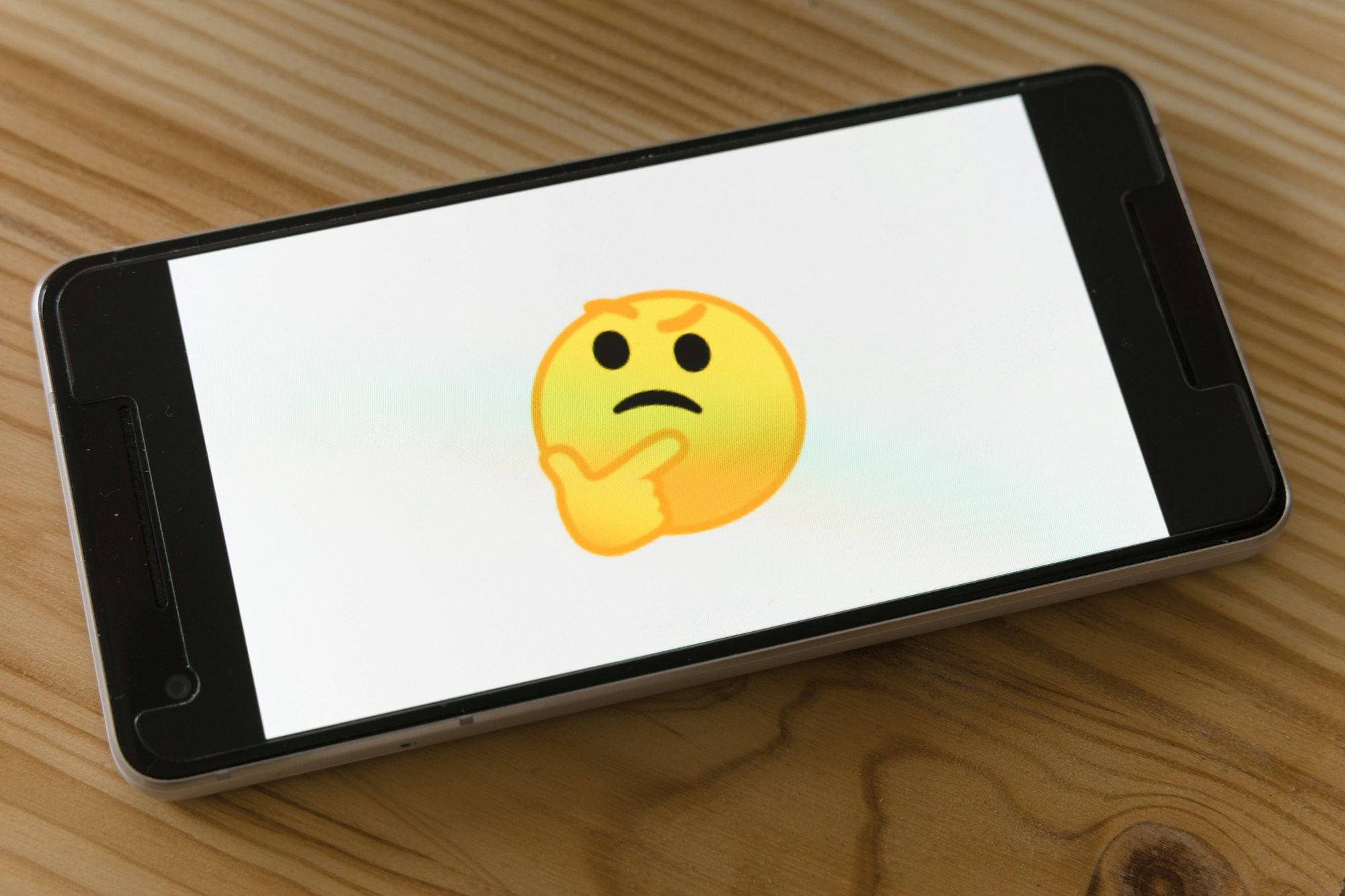Clear Thinking by Shane Parrish

Shane Parrish's new book, Clear Thinking, is a practical guide to thinking more effectively and making better decisions. It's not just another self-help book; In my opinion, it's a transformative guide that hands you the tools to wrestling your own fate, sharpen your decision-making, and set yourself up for success.
Parrish begins by dispelling the myth that clear thinking is a natural talent. Let me tell you by experience, it's not. We've all been in situations where our thought-process is clouded (coaches amiright?) Instead, he argues that it's a skill that can be learned and improved with practice. He then goes on to identify the cognitive biases and mental traps that often lead us astray, and provides strategies for overcoming them.
The book is divided into a few parts:
- Part 1: The Basics This part introduces the fundamental principles of clear thinking, such as the importance of first principles thinking, the danger of confirmation bias, and the power of mental models. I've wrote about confirmation bias is a few other of my blog posts.
- Part 2: Thinking in Practice This part applies the principles of clear thinking to real-world situations, such as decision-making, problem-solving, and learning. If you can improve these, outcomes are generally better.
- Part 3: The Mindset of Clear Thinking This part focuses on the importance of developing a clear mindset, including the ability to think critically, be reflective, and open-minded. This is an area we could ALL use to improve in our coaching practice (and life).
Part 1: The Basics

In Part 1 of Clear Thinking, Parrish introduces the fundamental principles of clear thinking. He argues that the first step to clear thinking is to have a clear understanding of your goals.
Once you know what you want, you can start to develop strategies for achieving it.
Parrish also emphasizes the importance of first principles thinking. First principles thinking is the process of breaking down a problem into its basic components and then rebuilding it from the ground up. This approach can help you to identify the root causes of problems and develop more effective solutions.
Here are some examples of first principles thinking:
- When trying to improve the design of a car, you might start by breaking the car down into its basic components, such as the engine, the transmission, the chassis, and the body. You could then analyze each component individually to identify areas for improvement.
- When trying to develop a new marketing strategy for a product, you might start by identifying the target audience for the product. You could then research the needs and wants of the target audience to develop a strategy that is likely to be effective.
- When trying to solve a complex problem, such as climate change, you might start by breaking the problem down into its smaller components, such as the causes of climate change, the impacts of climate change, and potential solutions to climate change. You could then analyze each component individually to develop a more comprehensive understanding of the problem.
Another important principle of clear thinking is the importance of being aware of your biases. Biases are cognitive shortcuts that can lead us to make inaccurate judgments. By being aware of our biases, we can take steps to mitigate their impact on our thinking.
Here are some examples of common biases:
- Confirmation bias: The tendency to seek out and interpret information in a way that confirms our existing beliefs.
- Availability bias: The tendency to give more weight to information that is readily available to us, even if it is not representative of the overall population.
- Anchoring bias: The tendency to rely too heavily on the first piece of information that we receive when making a decision.
- Representativeness bias: The tendency to judge the likelihood of an event based on its similarity to other events, even if the events are not statistically related.
Finally, Parrish introduces the concept of mental models. Mental models are frameworks that we use to understand the world around us. They can be helpful, but they can also lead us astray if we're not careful. By developing a robust set of mental models, we can improve our ability to think clearly and make better decisions.
Here are some examples of mental models:
- The cost-benefit analysis mental model: This mental model can be used to weigh the pros and cons of different options when making a decision.
- The Pareto Principle mental model: This mental model states that 80% of the results come from 20% of the causes. This can be used to identify the most important causes of a problem and focus on addressing those causes.
- The compound interest mental model: This mental model shows how small changes over time can lead to big results. This can be used to achieve your goals through small, consistent actions.
By developing a clear understanding of the principles of clear thinking, you can start to improve your ability to think more effectively and make better decisions.
Part 1 of Clear Thinking provides a solid foundation for the rest of the book. Parrish introduces the fundamental principles of clear thinking, such as the importance of first principles thinking, the danger of confirmation bias, and the power of mental models. By understanding these principles, you can start to develop the skills and habits that are necessary for clear thinking.
Part 2: Thinking in Practice

In Part 2 of Clear Thinking, Parrish applies the principles of clear thinking to real-world situations, such as decision-making, problem-solving, and learning.
Decision-Making
Parrish argues that the best decisions are based on evidence, not emotion. He also provides a framework for making better decisions, even under pressure.
Here is a more detailed overview of his framework for making better decisions:
- Identify the problem. What is the decision that you need to make? What are your goals? What are the constraints?
- Gather information. What information do you need to make an informed decision? What are the different perspectives on the issue? What are the potential risks and rewards of each option?
- Generate options. What are all of the possible solutions to the problem? Don't be afraid to think outside the box.
- Evaluate the options. What are the pros and cons of each option? What are the long-term implications of each option?
- Make a decision. Choose the option that you believe is the best, given the information that you have available.
Parrish also provides a number of tips for making better decisions under pressure. For example, he recommends that you:
- Take a deep breath and give yourself some time to think before making a decision.
- Avoid making decisions when you're tired or hungry.
- Consider the different perspectives on the issue and try to be objective.
- Ask for advice from trusted friends and colleagues.
- Make a decision and then stick to it, even if you have doubts later on.
Problem-Solving
Parrish argues that the best problem-solvers are able to identify the root causes of problems and then develop creative solutions. He also provides a number of tools and techniques for improving your problem-solving skills.
One useful tool for problem-solving is the 5 Whys technique. This technique involves asking yourself "Why?" five times to get to the root cause of a problem.
For example, if you're having trouble with an an athlete in the weight room, you might ask yourself:
- Why is my athlete not responding to the program?
- Why is the exercises not appropriate for the athlete?
- Why did the athlete not respond to the sets and reps?
- Why did the sets, reps, and exercises not affect the muscle?
- Why did the muscle not respond?
By asking yourself "Why?" five times, you can identify the underlying cause of the problem. Once you know the root cause, you can start to develop a solution.
Another useful tool for problem-solving is the Six Sigma methodology. Six Sigma is a data-driven approach to problem-solving that focuses on identifying and eliminating defects in processes. The Six Sigma methodology involves the following steps:
- Define the problem. What is the problem that you're trying to solve?
- Measure the problem. How often does the problem occur? What is the impact of the problem?
- Analyze the problem. What are the root causes of the problem?
- Improve the process. Implement changes to eliminate the root causes of the problem.
- Control the process. Monitor the process to ensure that the changes are effective.
The Six Sigma methodology can be used to solve problems in any industry, from manufacturing to healthcare to strength and conditioning.
Part 3: The Mindset of Clear Thinking

Part 3: The Mindset of Clear Thinking
In Part 3 of Clear Thinking, Parrish focuses on the importance of developing a clear mindset. He argues that the best thinkers are able to think critically, be reflective, and open-minded.
Critical Thinking
Critical thinking is the ability to evaluate information and arguments objectively. It is the ability to identify and analyze assumptions, biases, and logical fallacies. Critical thinking is essential for making informed decisions and solving problems effectively.
Here are some tips for developing critical thinking skills:
- Be aware of your own biases. We all have biases, but it is important to be aware of them so that we can avoid letting them cloud our judgment.
- Consider all sides of an issue. Don't just focus on the information that confirms your existing beliefs. Seek out information that challenges your beliefs as well.
- Evaluate information critically. Don't accept information at face value. Question the source of the information and the evidence that is presented.
- Be open to new ideas. Don't be afraid to change your mind if you are presented with new evidence.
Reflective Thinking
Reflective thinking is the ability to think about your own thinking. It is the ability to identify your strengths and weaknesses as a thinker, and to develop strategies for improving your thinking skills. Reflective thinking is essential for continuous learning and growth.
Here are some strategies for developing reflective thinking skills:
- Take time to reflect on your thinking. After you make a decision or solve a problem, take some time to reflect on what went well and what could be improved. I typically bullet journal and record these decisions in my notebook.
- Identify your strengths and weaknesses as a thinker. What are you good at? What areas do you need to improve on? Take the time to think through these questions.
- Develop strategies for improving your thinking skills. Once you know your strengths and weaknesses, you can develop strategies for improving your thinking skills. For example, if you find yourself struggling with confirmation bias, you can focus on seeking out information that challenges your beliefs.
Open-mindedness
Open-mindedness is the willingness to consider new ideas and perspectives. It is the ability to see things from different points of view. Open-mindedness is essential for creativity and innovation.
Here are some tips for developing open-mindedness:
- Be willing to challenge your own beliefs. Don't be afraid to question your own beliefs, even if they are deeply held.
- Be open to new ideas and perspectives. Be willing to listen to and consider new ideas, even if they are different from your own.
- Be willing to change your mind. If you are presented with new evidence that contradicts your beliefs, be willing to change your mind.
Part 3 of Clear Thinking emphasizes the importance of developing a clear mindset. Parrish argues that the best thinkers are able to think critically, be reflective, and open-minded. By developing these skills, you can improve your ability to think more effectively and make better decisions.
Here are some additional thoughts on the importance of a clear mindset:
- A clear mindset allows you to see the world more objectively. When you are not clouded by biases or emotions, you are better able to identify the root causes of problems and develop effective solutions.
- A clear mindset allows you to be more creative. When you are open to new ideas and perspectives, you are better able to come up with innovative solutions to problems.
- A clear mindset allows you to make better decisions. When you are able to think critically and weigh all of the options carefully, you are more likely to make decisions that are in your best interests.
If you are serious about improving your thinking skills, then developing a clear mindset is essential. By following the tips above, you can start to develop the skills and habits that are necessary for clear thinking.
